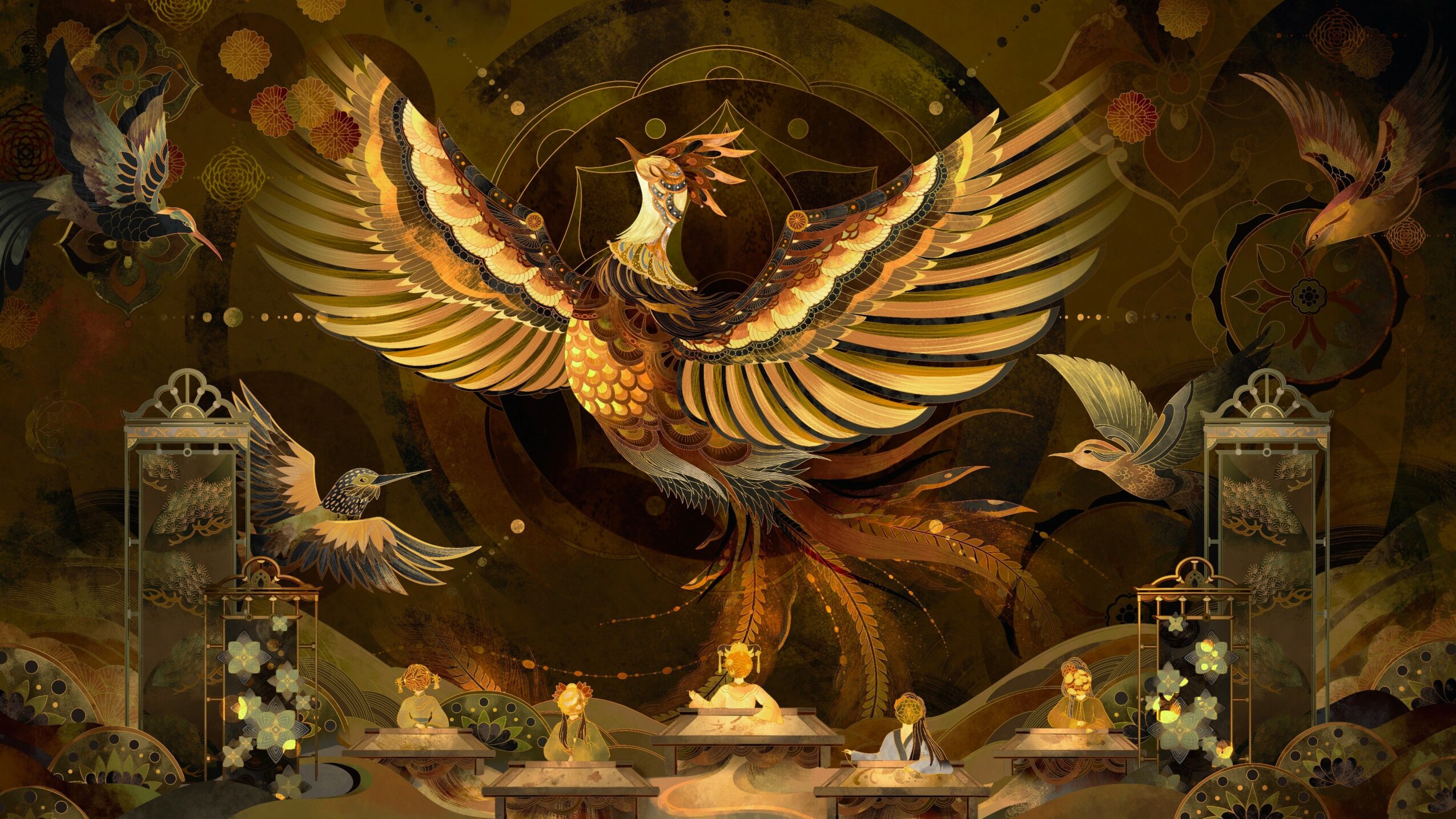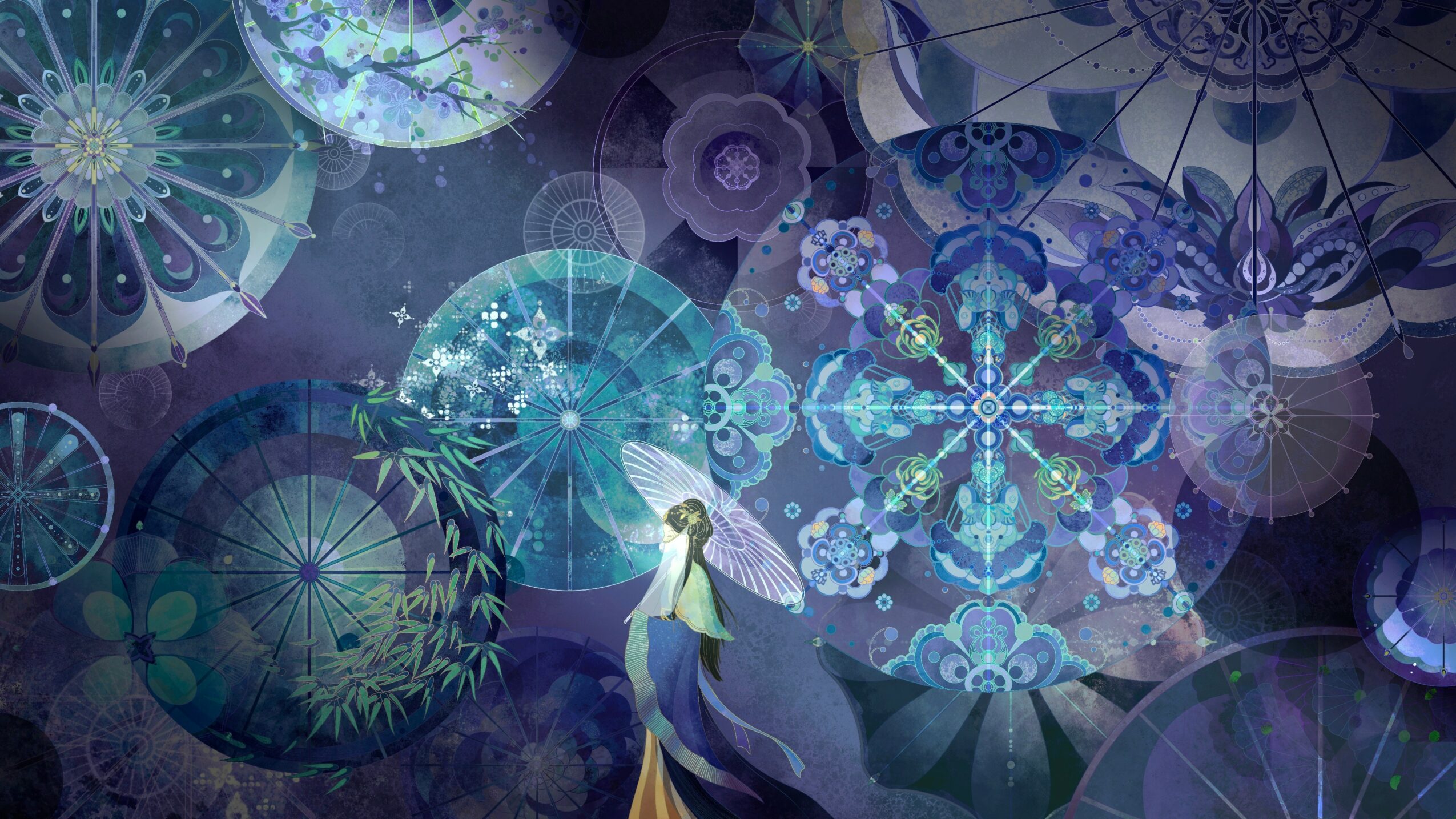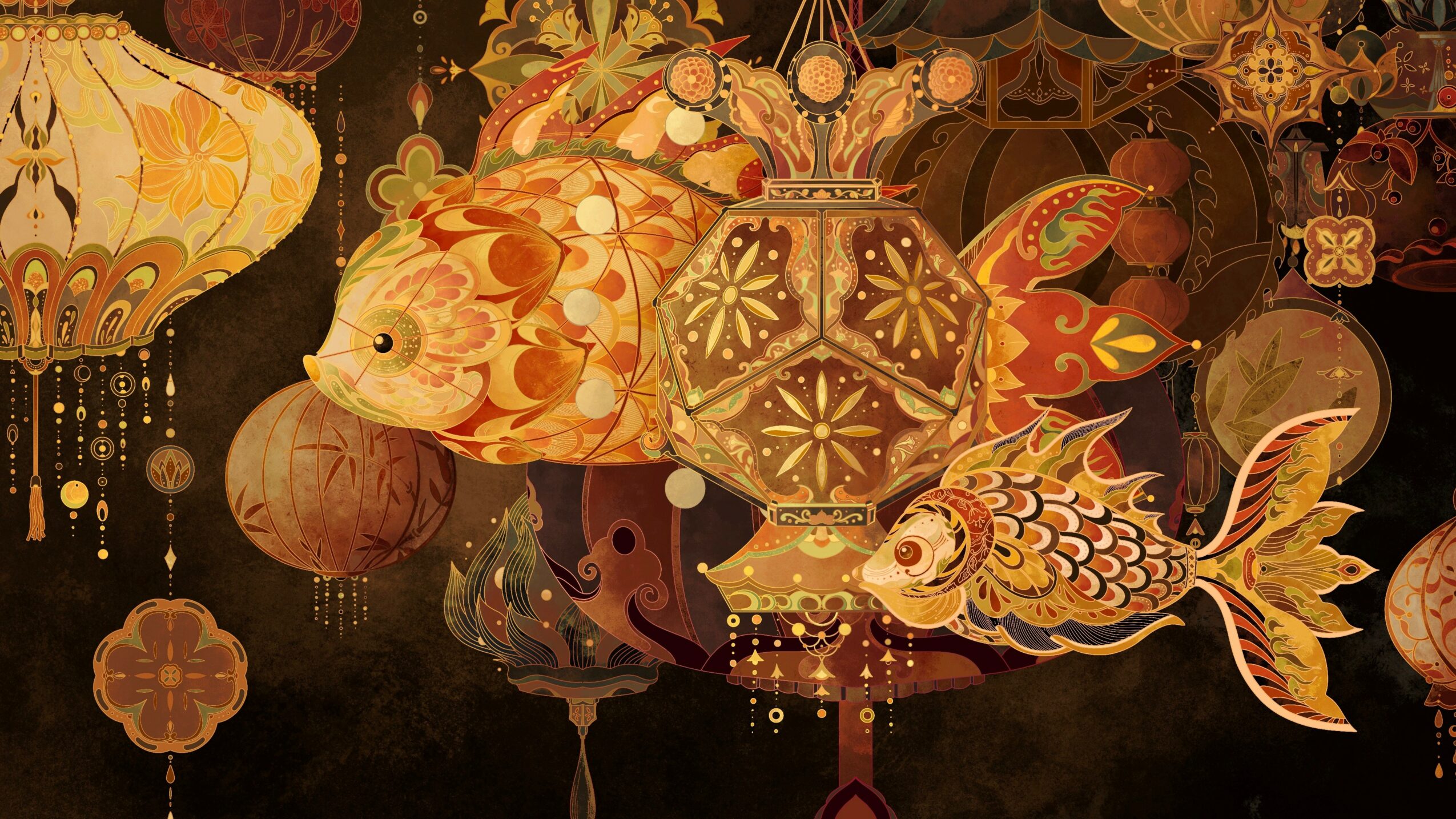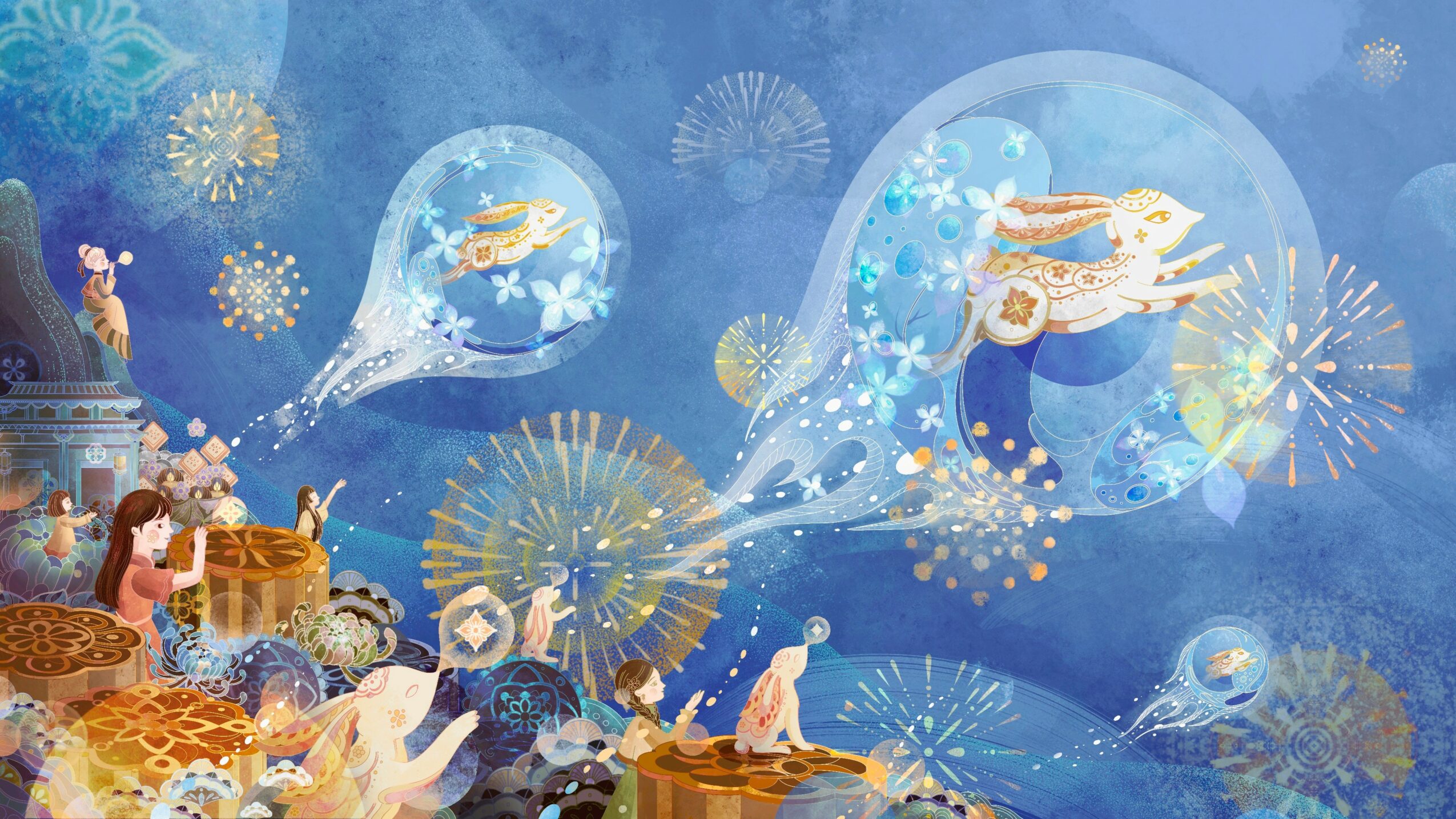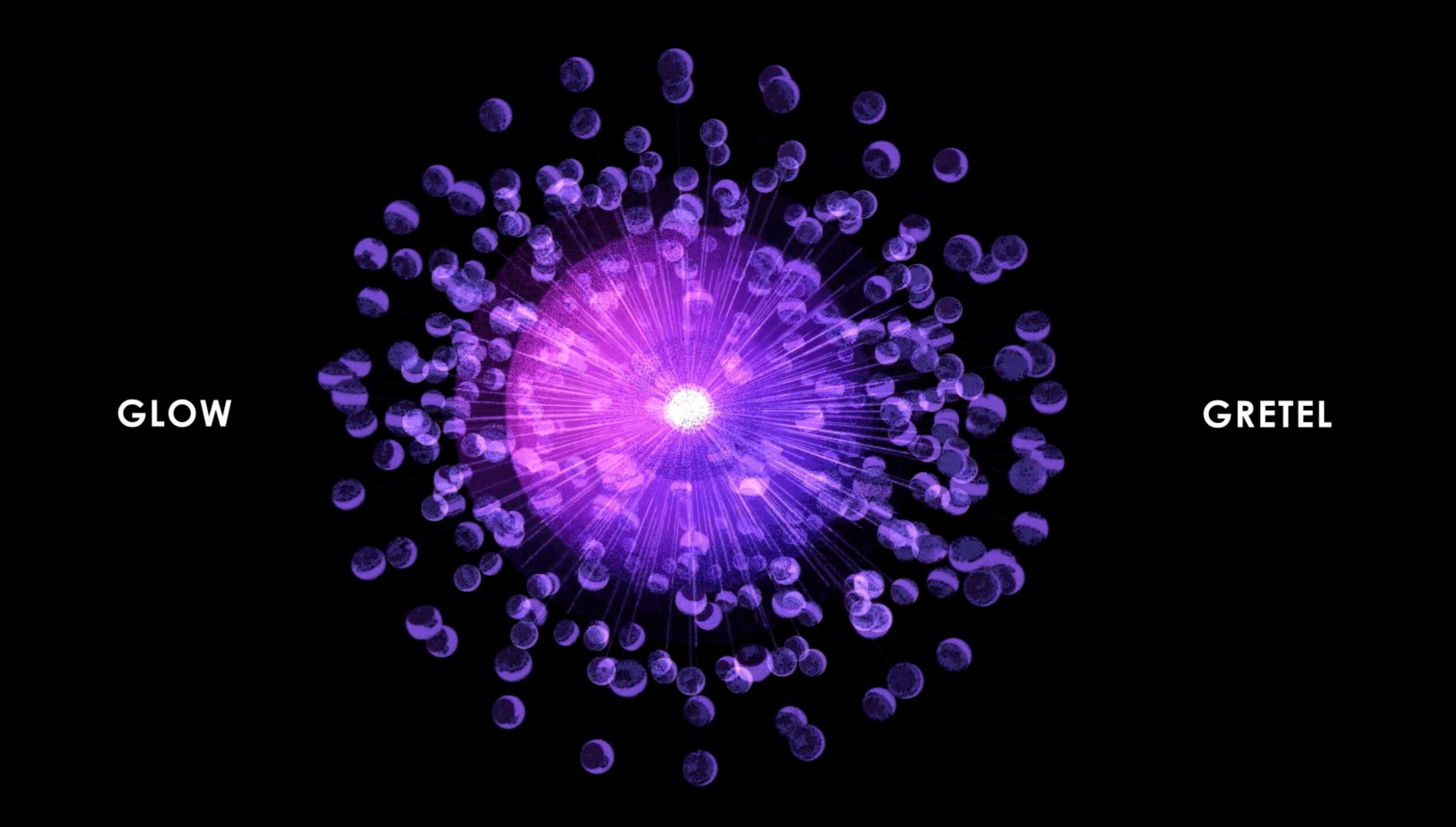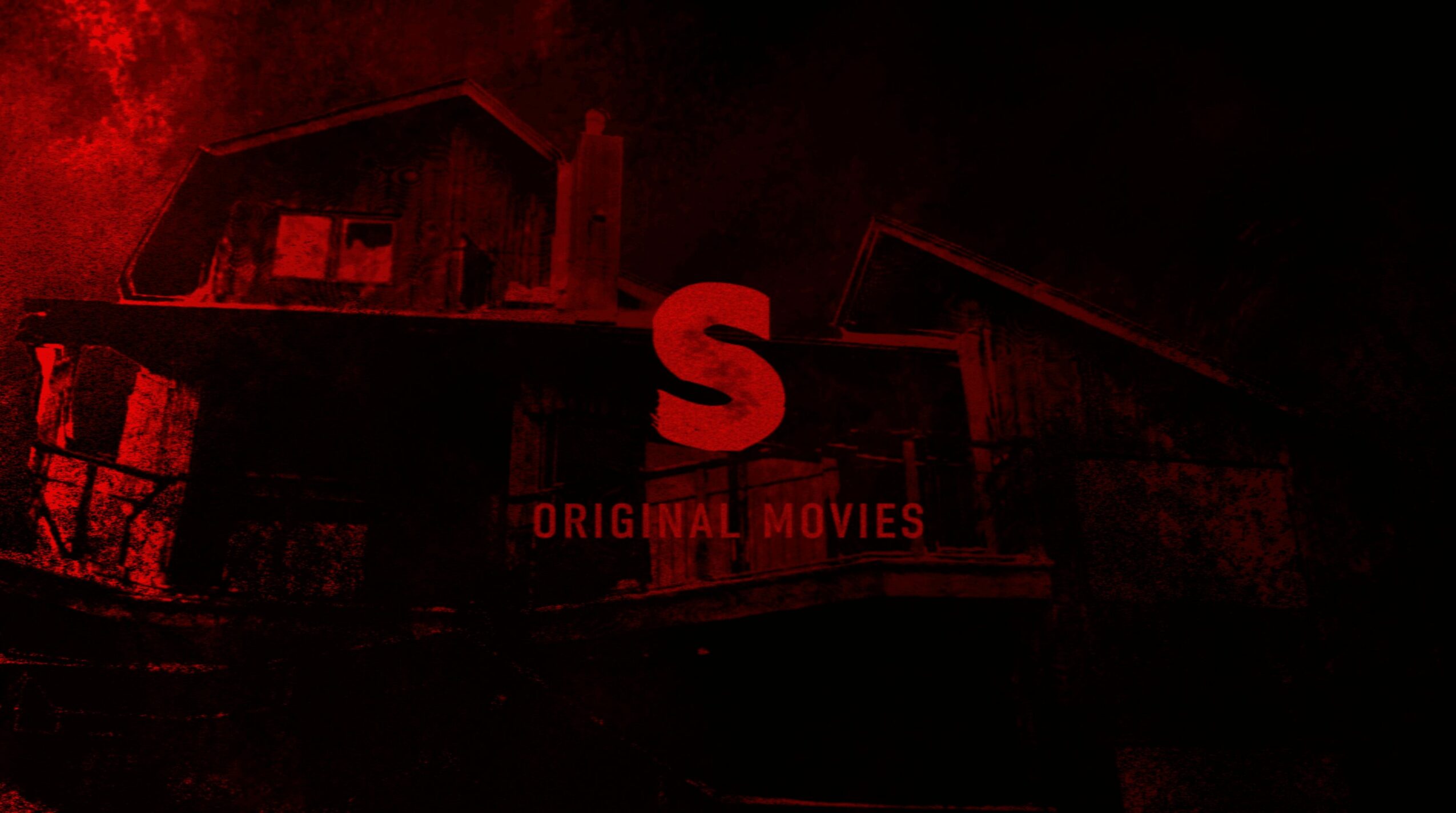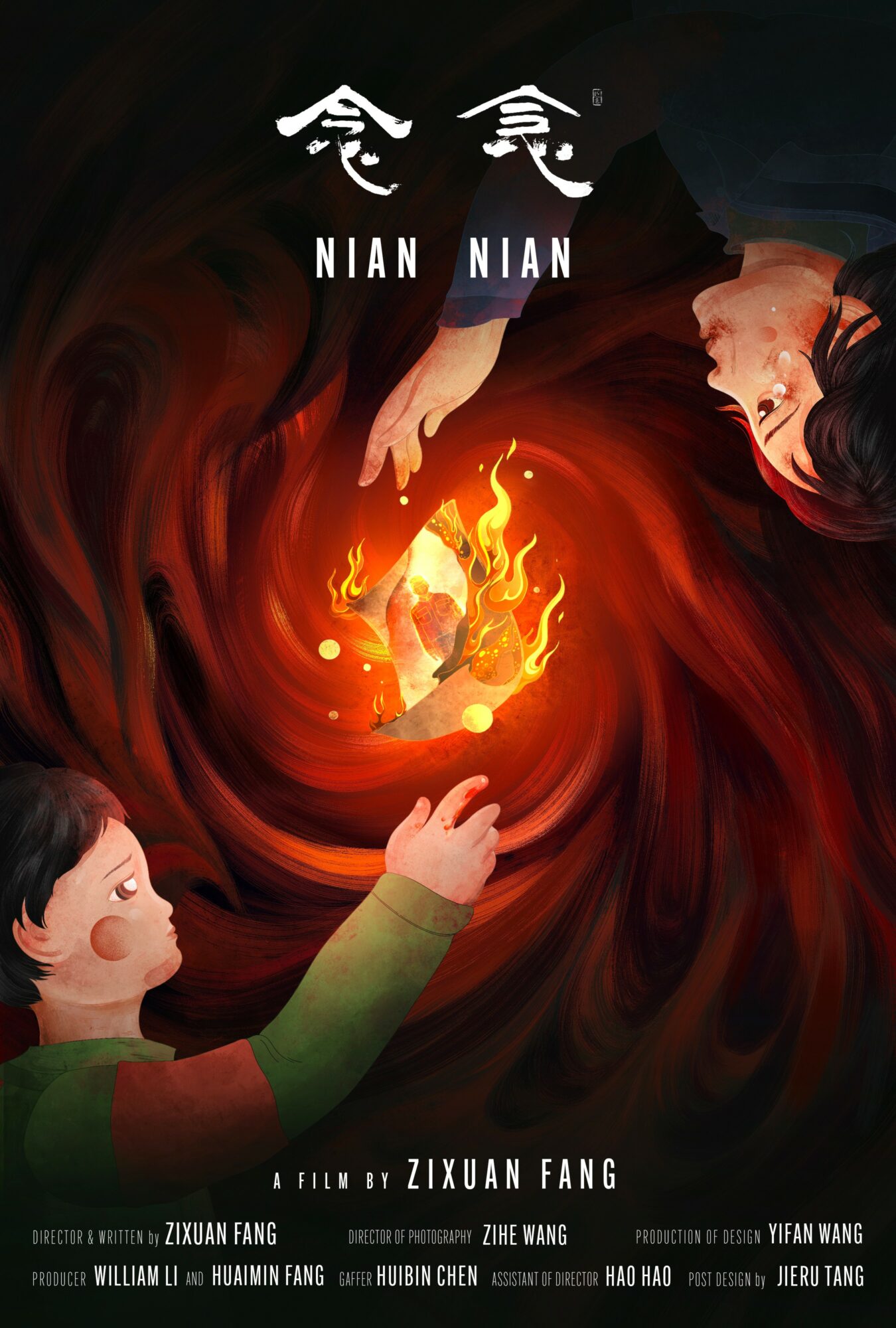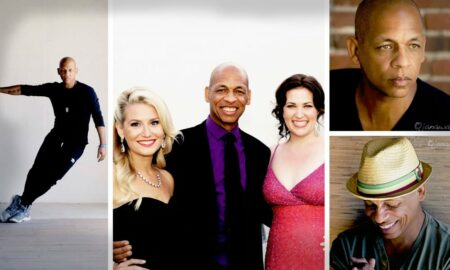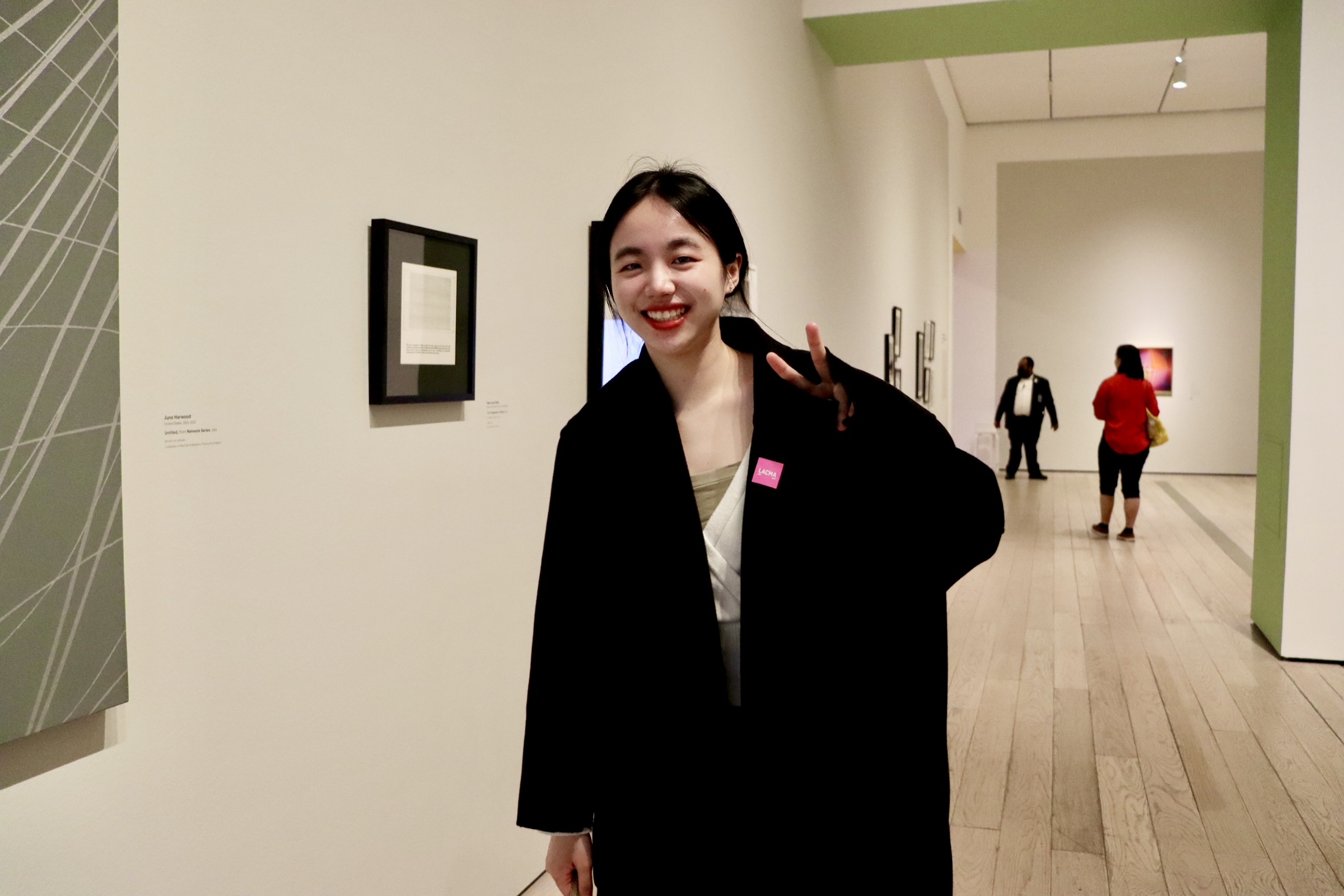 Today we’d like to introduce you to Jieru Tang
Today we’d like to introduce you to Jieru Tang
Hi Jieru, we’re thrilled to have a chance to learn your story today. So, before we get into specifics, maybe you can briefly walk us through how you got to where you are today?
My name is Tang Jieru, and I am an illustrator and motion designer from China. I am currently pursuing dual master’s degrees in MFA Motion Media Design and MA Illustration at SCAD. My passion for art began in childhood, driven by a natural sensitivity and love for drawing. According to my mother, when I was three years old, I covered the walls of our home with illustrations. She recognized my talent and enrolled me in art classes to learn basic drawing skills, marking the beginning of my artistic journey. I have always aspired to be an illustrator, so I continued to practice and explore various mediums, from traditional to digital. Throughout my studies, I achieved many accomplishments and won numerous awards in competitions. Initially, I chose Industrial Design in college for its challenge, but after four years, I realized I was less interested in service design. This led me to the U.S. to study Illustration, which, along with Motion Media Design, falls under the realm of communication design. After some time at SCAD, I discovered a strong interest in illustrative motion, and the excitement of seeing my illustrations come to life inspired me to further pursue Motion Media Design. Over the past two years at SCAD, I have actively explored various mediums, created numerous works, and earned accolades in international competitions (such as Society of Illustrators, Applied Art, 3×3 Illustration Competition). This summer, I successfully secured a Design Intern position. I am deeply interested in both fields and will continue to explore them.
Would you say it’s been a smooth road, and if not what are some of the biggest challenges you’ve faced along the way?
My journey in art has not been without its challenges. In high school, I initially wanted to pursue art exams, but my family did not support this path, believing that academic scores were more important. As a result, I focused on academics and achieved excellent grades, gaining admission to Beijing University of Technology’s Industrial Design program. I was very excited to start studying industrial design, thinking that my dream was within reach. However, as I progressed, I realized that I was not particularly adept at solving design and service-related problems. My creative strengths were more aligned with communication design, so I decided to switch my major to Illustration. During my exploration of Illustration, I discovered the field of illustrative animation, which was new to me. I found that combining Illustration with animation was a fascinating idea, leading me to also pursue a dual major in Motion Media Design.
As you know, we’re big fans of you and your work. For our readers who might not be as familiar what can you tell them about what you do?
I am an Illustrator and Motion Designer, which means I am involved in the business aspects of both fields. In Illustration, I excel at using intricate lines and varied textures to shape my visuals. My illustrations often feature animals, plants, and abstract forms. I also have a deep passion for traditional Chinese culture, so my work frequently incorporates elements from this cultural heritage. Friends have noted that the brushstrokes and textures in my illustrations resemble the murals of Dunhuang, reflecting a strong Chinese influence, while also showcasing a blend of Western artistic traditions. This fusion is something I take great pride in.
In Motion Design, I focus on developing both illustrative design and 3D motion design. My project, “Cartoon Network Rebrand,” received an award in Applied Art, and I am continually exploring how to better integrate 2D and 3D elements to interpret art.
In terms of your work and the industry, what are some of the changes you are expecting to see over the next five to ten years?
I believe that in the next 5-10 years, there will be several significant changes and trends in the fields of illustration and motion design. First, the application of AI technology will become increasingly widespread. AI design has developed rapidly in recent years and can help complete design tasks quickly, optimizing the overall design process. It will also provide new tools and inspiration for creative generation and style transformation. While AI may not fully replace all design work, we should focus on learning how to use AI to create more creatively driven designs rather than relying solely on AI.
Additionally, advancements in real-time rendering technology and the development of various types of software will enhance the precision and vibrancy of motion design. These technological advancements will provide higher-quality visual effects and significantly improve design efficiency.
Furthermore, I anticipate that motion and illustration design will increasingly integrate with other design fields, such as data visualization, game design, and virtual reality, to create more innovative and interactive works. These trends and changes will drive the continuous development and evolution of illustration and motion design, offering creators and audiences new experiences and possibilities.
Contact Info:
- Website: https://www.jierutang.com/
- Instagram: https://www.instagram.com/jierubake_art/
- Youtube: https://www.youtube.com/@TangJieru
